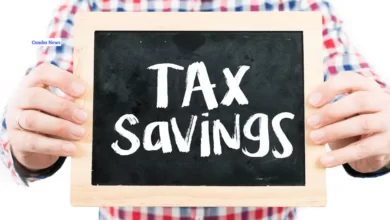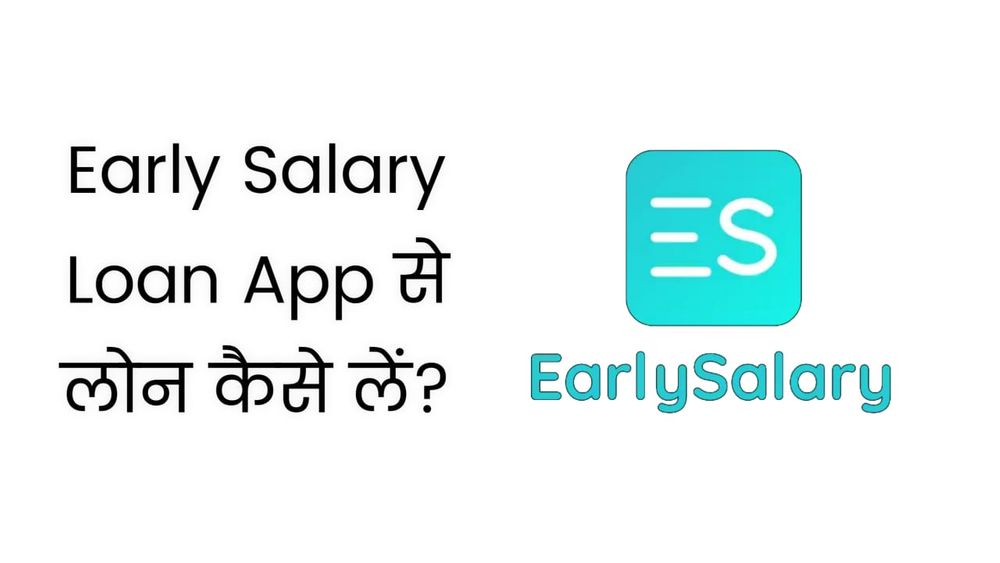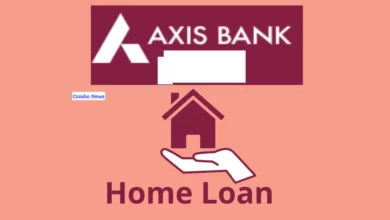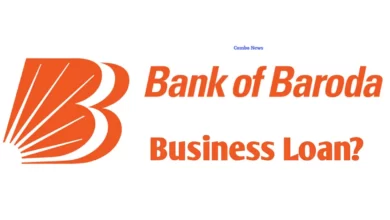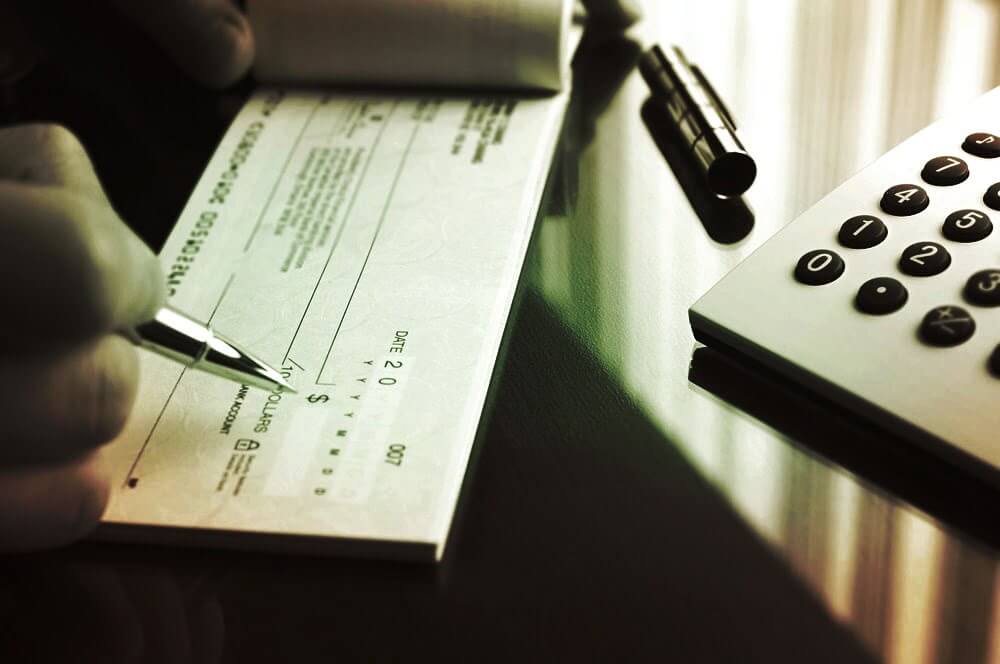
Diffrent cheque books depend upon the type of account you have. Listed below are some types of cheques that you should know about:
Bearer Cheque:
A bearer cheque is the one in which the payment rights are exclusive with the cheque holder, which means the person carrying the cheque is entitled to get the payment. These cheques are transferable only by delivery.
Crossed Cheque:
A crossed cheque is crossed with two parallel lines at the top-left corner of the cheque. You may have also noticed ‘a/c payee’ written above these lines signifying the payment will be transferred to the bearer’s bank account whose name is written on the cheque. Crossed cheques are safer than bearer cheques as they can only be encashed at the payee’s bank.
Order Cheque:
When the word ‘Or Bearer’ is canceled, and the name of the individual or a firm is specified in the ‘Pay’ section, it becomes an order cheque. Primarily, the role of this cheque is to ensure the payment is made to the right person.
Post-Dated Cheque:
As the name suggests, a cheque becomes post-dated when a drawer writes the date which is yet to come to the date on which it is presented to the bank. Post-dated cheques have validity for six months from the date of the cheque.
Open/Uncrossed Cheque:
A cheque can be considered an open/uncrossed cheque when a drawer puts his signature on the cheque’s front and back. This cheque can be presented in any bank, and the payment will be made to the payee. Moreover, an open cheque is transferable, too, from the original payee to the other payee.
Banker’s Cheque:
The bank issues these cheques to pay for remittance. These cheques are either acquired from the bank or provided to a bank customer. Bankers cheques are also called non-negotiable instruments as no bank can dishonor these cheques.
Traveler’s Cheque:
Some travelers carry these cheques while they are o vacation instead of carrying hard cash. The ones accepting traveler’s cheques encash it from the local bank in the country’s currency they are traveling to. These cheques have no validity and can be used for future trips.
Stale Cheque:
Stale-cheques are the ones that are already expired and are no longer valid. The banks do not accept these cheques as payments cannot be withdrawn from stale cheques. Instead, the ‘stale cheque account’ may be created, and the amount is debited in the bank book. However, the ‘stale cheque account’ will not be debited until the fresh cheque is issued.
Self-Cheque:
Self-cheques can only be withdrawn from the account holder’s bank. It is simple to identify whether it is a self cheque or not. If you see the word ‘Self’ in the Pay column of the cheque, this means it is a self-cheque.
Mutilated Cheque:
When a cheque is torn into two pieces, such cheque is known as Mutilated Cheque. The bank only makes the payment and honors the cheque after getting confirmation of the drawer.
Also Read: How To Take Loan From IDBI Bank Online

